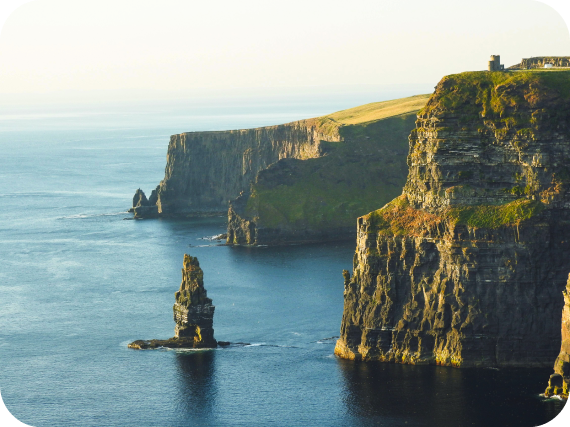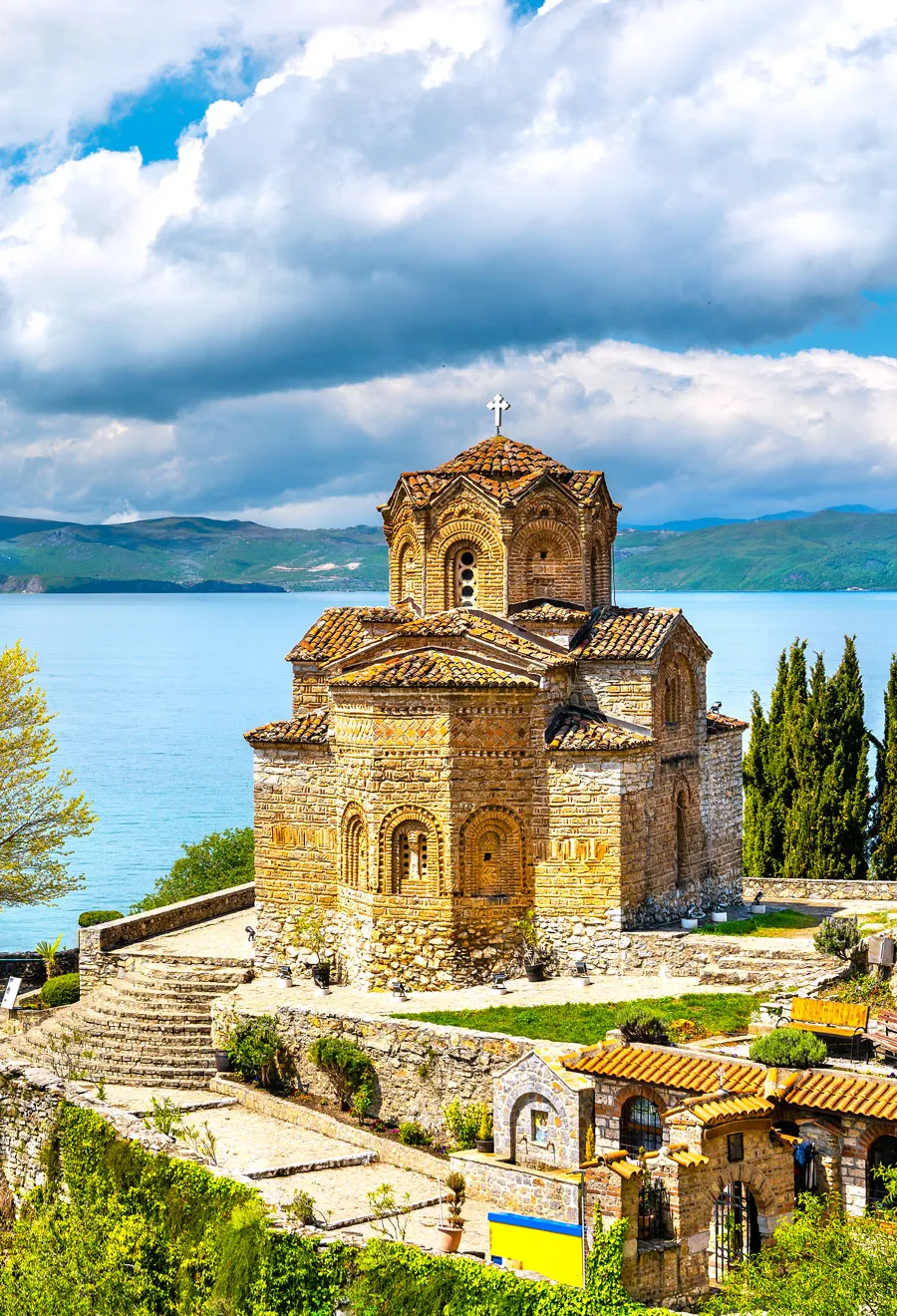If you’ve been to London, Rome, and the other big European capitals, and you’re ready to explore more of Europe, look no further. You could spend weeks, months, or even years traveling across the continent without seeing every place you’d like to, but checking a few of these lesser-visited European cities off your list is a good start.
Bergen, Norway
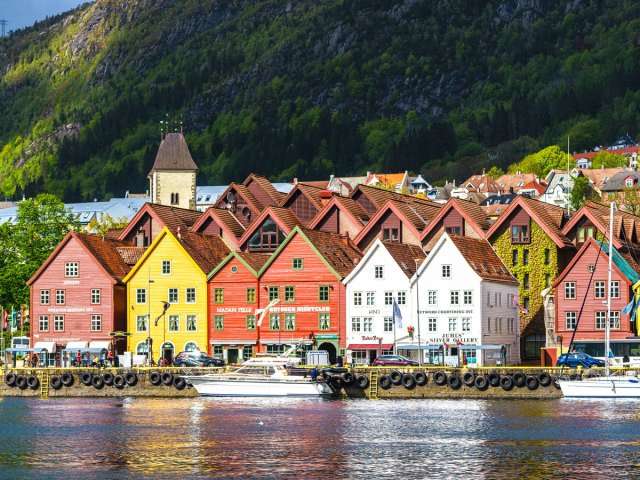
Oslo is the capital and most populous city in Norway, but Bergen might just be the prettiest. Also known as the “city of seven mountains,” Bergen — home to just under 300,000 people — is the gateway to a number of Norway’s most breathtaking fjords, including the Sognefjord and Hardangerfjord. Its U-shaped port is especially striking from above — and given how conducive those mountains are to hikes, there are plenty of opportunities to take in the view from whatever elevation strikes your fancy. Bergen’s colorful seaside buildings may you remind you of those in Copenhagen, Denmark, but there’s less hustle and bustle to distract you from how scenic the city is.
Bled, Slovenia
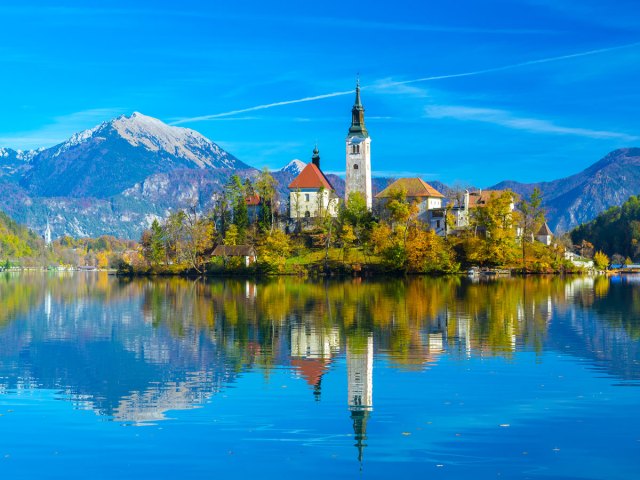
If you can resist the charms of a fairy-tale-like island in the middle of a glacial lake, you have more restraint than us. The aforementioned — and oft-photographed — Lake Bled is the main reason why most tourists come here, but it is just one reason to visit Bled. The tiny Slovenian town (population: 8,100) also boasts a stunning cliffside castle and is famous for Blejska kremšnita (Bled cream cake) — a delicious treat that warrants a trip all its own.
Gdańsk, Poland
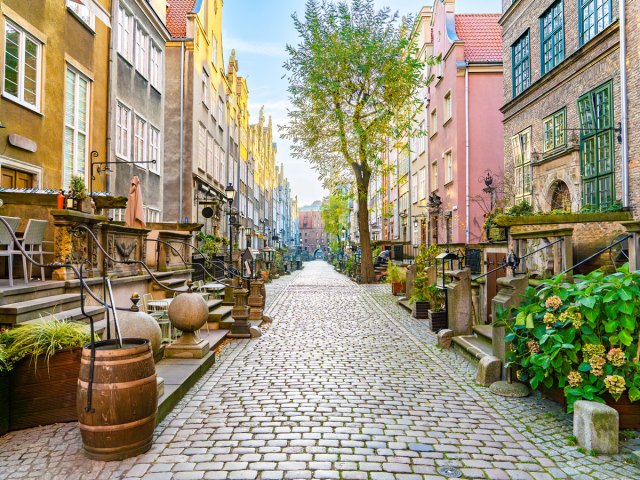
A must for history buffs who will be fascinated by its rich past, Gdańsk is one of Poland’s lesser-known gems. This jewel on the Baltic coast also boasts one of Europe’s most picturesque old towns — that is, according to Rick Steves. If you aren’t sure where to start, go for attractions like Artus Court (named for King Arthur) and the nearby Neptune’s Fountain along the Royal Route. There’s no better way to get acquainted with the city before launching your own exploration.
Graz, Austria
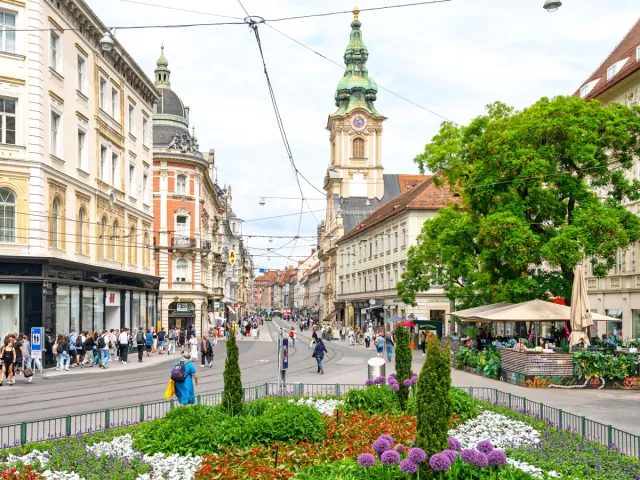
If you only have time to visit one city in Austria, most tourists probably would choose Vienna. If you really want to experience the country, though, you should make time for Graz. A college town that’s been designated as both a City of Culinary Delights (2008) and Cultural Capital of Europe (2003), Graz is gorgeous throughout. But the city’s charm is especially evident from Schlossberg, a 1,550-foot hill that offers stunning views of the city whose name means “little castle.”
Locarno, Switzerland
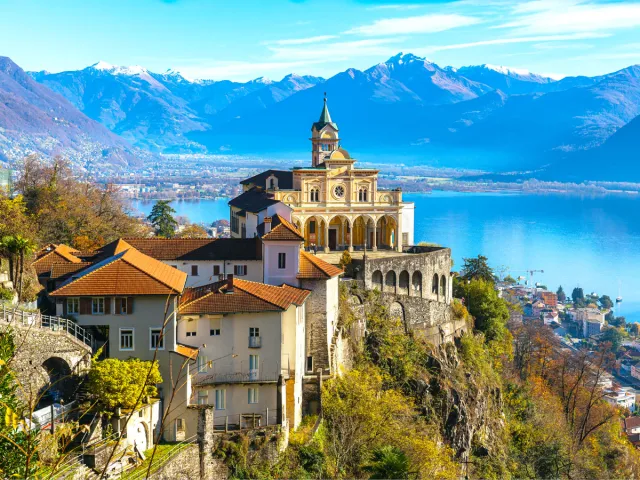
Getting to Locarno isn’t easy — the nearest airport, in Lugano, is both tiny and a little intimidating to land in. But we’d argue that the trek is certainly worth it. Nestled alongside Lake Maggiore (also known as Verbano) at the southern end of the Swiss Alps, the picturesque town of 16,000 is like a postcard come to life. If you visit in early August, you can even catch a movie in the Piazza Grande as part of the Locarno Film Festival, which has been ongoing since 1946.
Malmö, Sweden
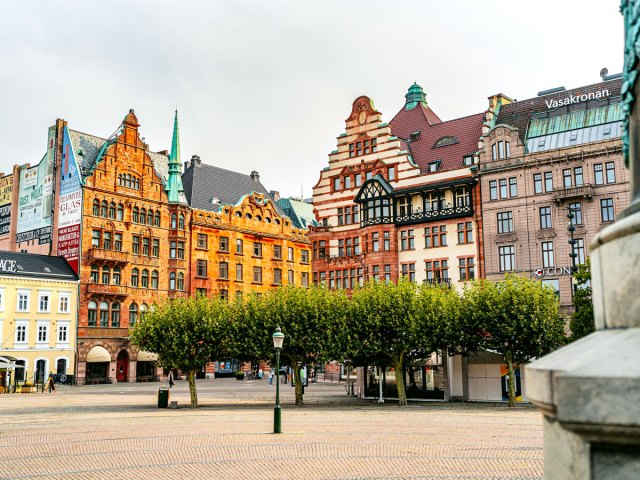
If you’re visiting Copenhagen, consider extending your trip with a side excursion to Malmö. Though it is Sweden’s third-largest city, Malmö is considerably less popular with American tourists. It’s easy to get there thanks to the impressive Øresund Bridge, a 25,748-foot-long engineering marvel linking Copenhagen and Malmö. Offering an enchanting mix of old-world charm and modern urbanism, the charming, quickly growing city is home to both a 500-year-old castle and a neo-futurist twisting skyscraper called the Turning Torso.
Mostar, Bosnia and Herzegovina
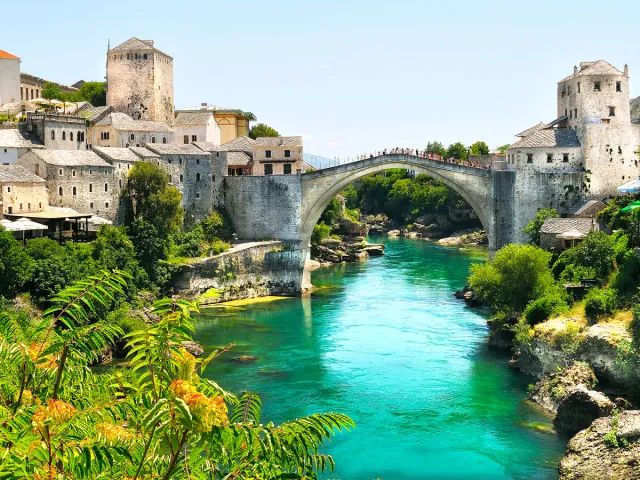
The Stari Most (Old Bridge) that links the two sides of Mostar is like something out of a fantasy novel. The bridge was destroyed during the 1993 Croat-Bosniak War after standing for 427 years, but it has since been rebuilt, which should be welcome news to anyone who appreciates remarkable 16th-century architecture. The bridge is also among the most popular spots in the country for cliff divers. Mostar itself is no less striking than its most famous landmark, particularly when seen from the viewing platform located on a nearby hill.
Ohrid, North Macedonia
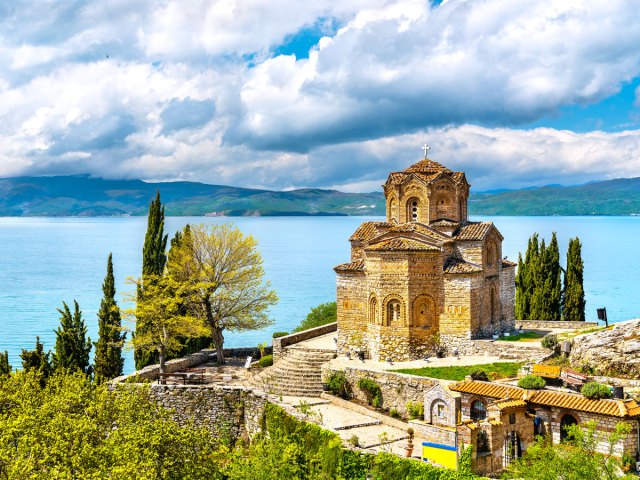
Only 42,000 people live in Ohrid, and it’s hard not to be envious of them after catching a glimpse of this lakeside town. The city’s namesake, Lake Ohrid, is among the oldest lakes in the world and, with a maximum depth of 945 feet, one of the deepest in Europe, too. Often called the “Jerusalem of the Balkans” for the 365 churches it used to be home to — one for every day of the year, as natives used to say — Ohrid is one of those places you won’t be able to stop talking about once you visit.
Saumur, France
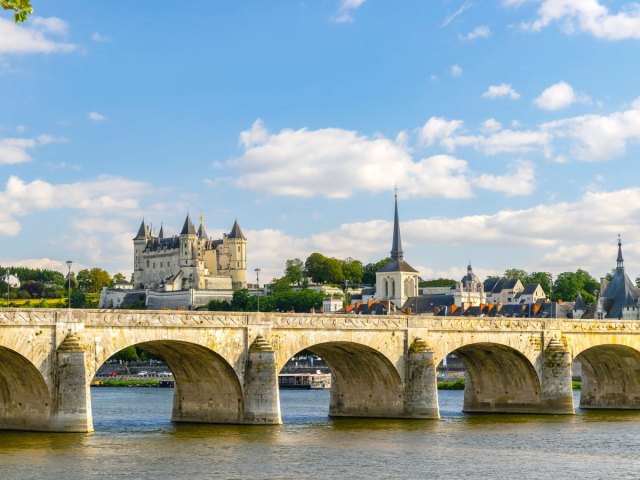
Paris in the north and the entire South of France tend to get most of the attention from visitors, but central France holds a special allure of its own. That’s especially true of the Loire Valley, sometimes known as the “Garden of France,” and the commune of Saumur in particular. There are more than 10,000 dolmens (single-chamber tombs) in France, and the Dolmen de Bagneaux in Saumur is the largest. (It’s also located behind a cafe, making it easy to access.) But the real attraction here is the 10th-century Château de Saumur, which was originally built to defend against those pesky Normans and remains an awe-inspiring site more than 1,000 years later.
Tallinn, Estonia
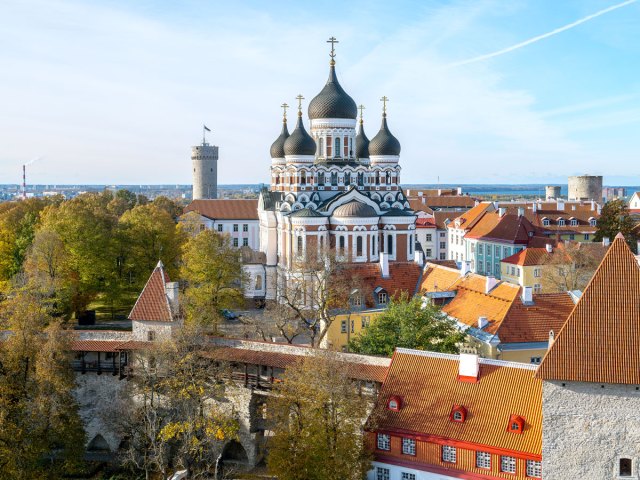
Eight centuries after it was built, Tallinn’s Old Town remains one of Europe’s most well-preserved medieval cities — so much so that it was made a UNESCO World Heritage Site in 1997. That old-world charm blends seamlessly with an ultra-modern sensibility that has made Estonia’s capital and largest city uniquely “smart,” with more free Wi-Fi and digital services than most of its peers. But more importantly, it’s still relatively off-the-radar in terms of tourism (at least compared with bigger cities like Barcelona and Amsterdam) — making Tallinn an excellent place for travelers in search of lesser-known European gems.
More from our network
Daily Passport is part of Inbox Studio, which publishes content that uplifts, informs, and inspires.


